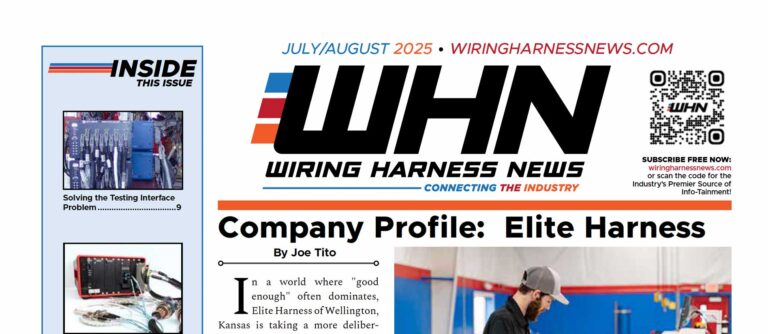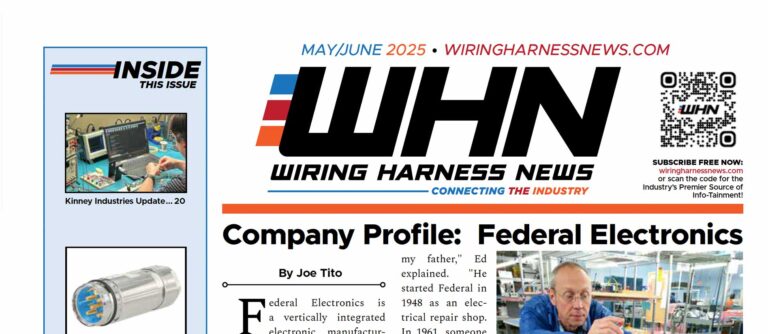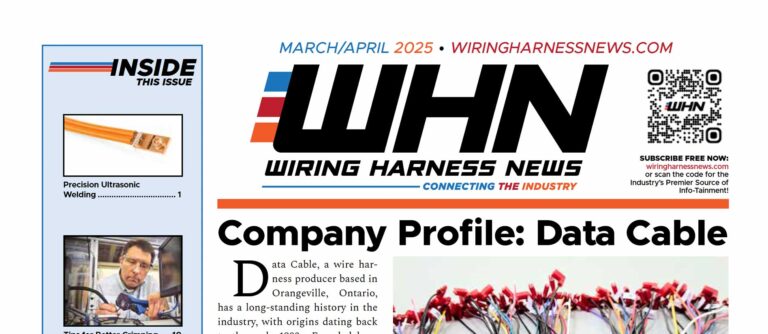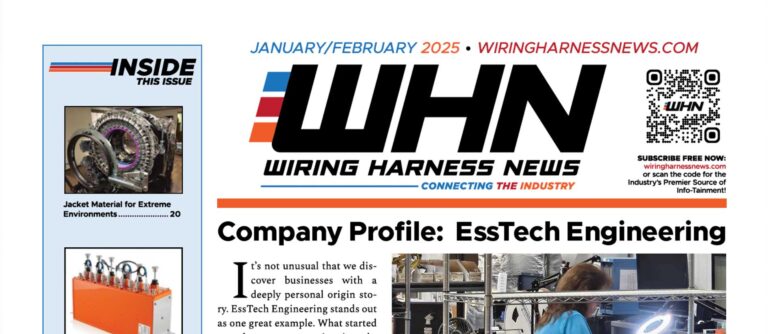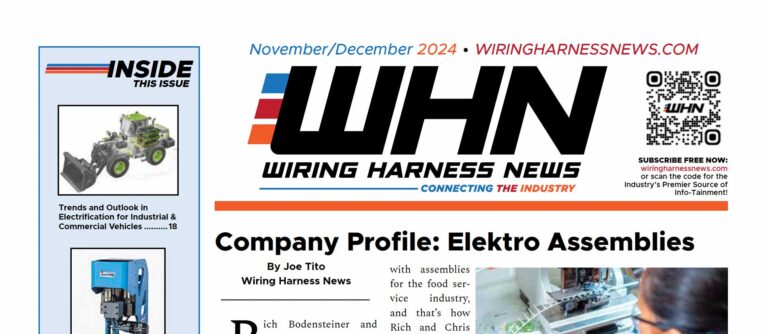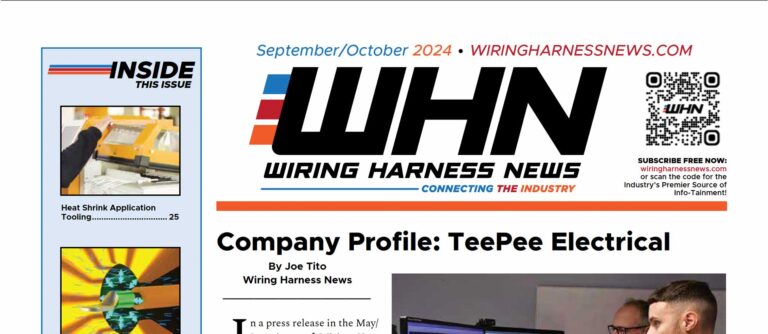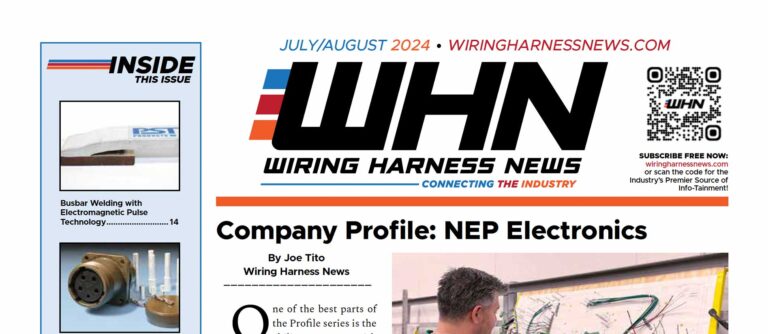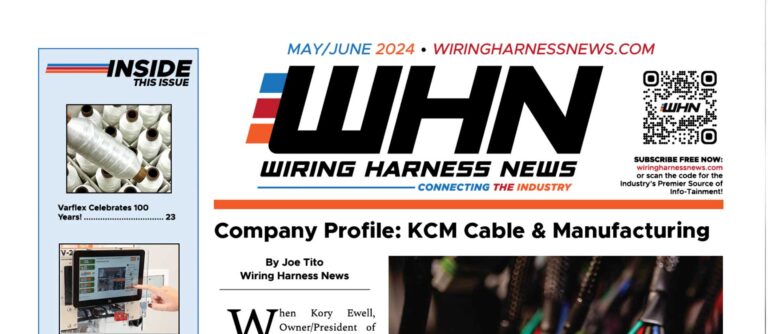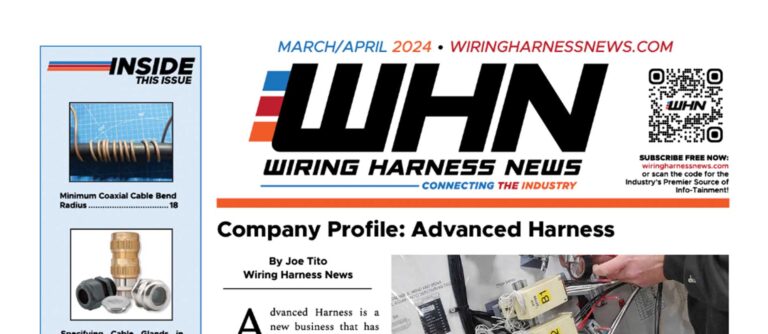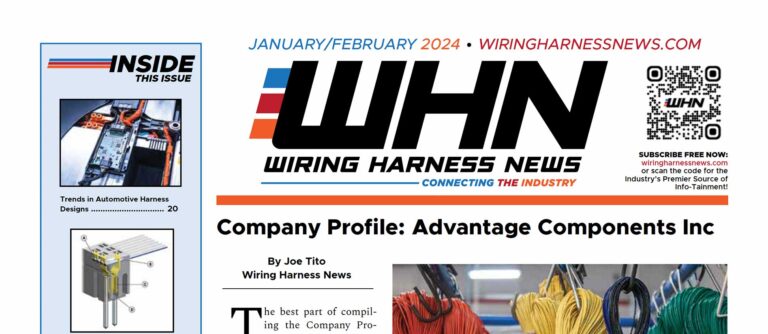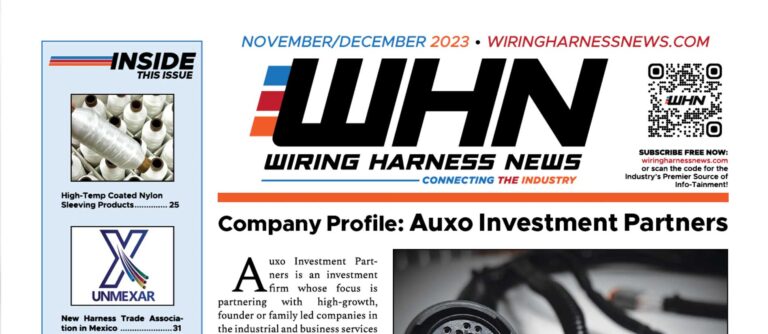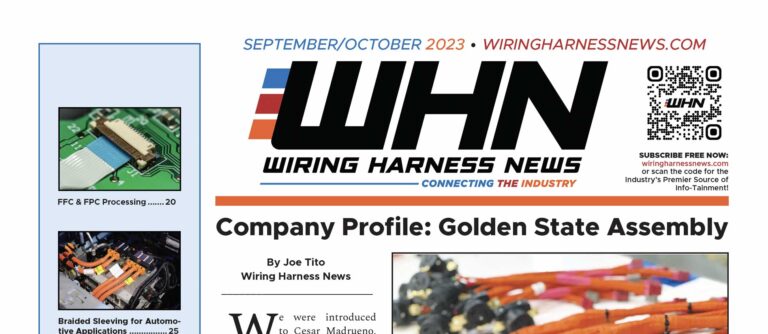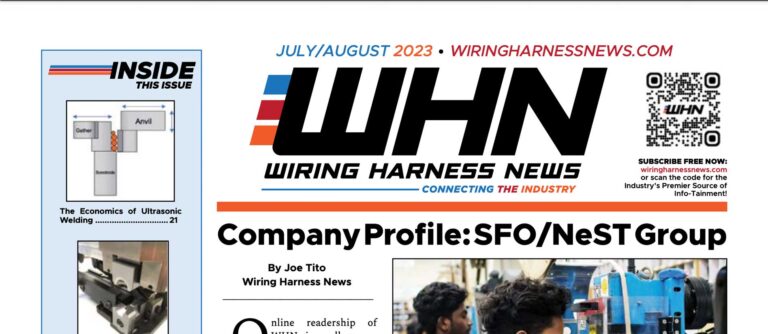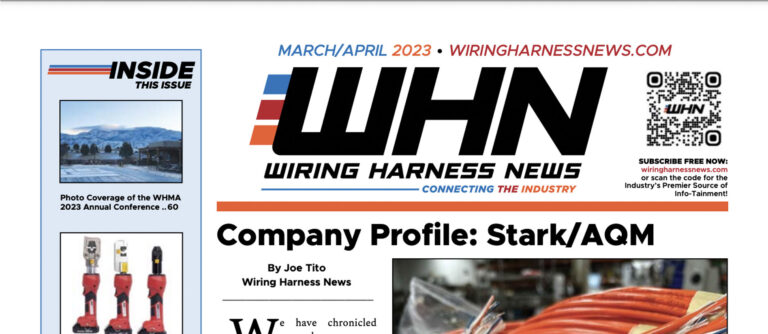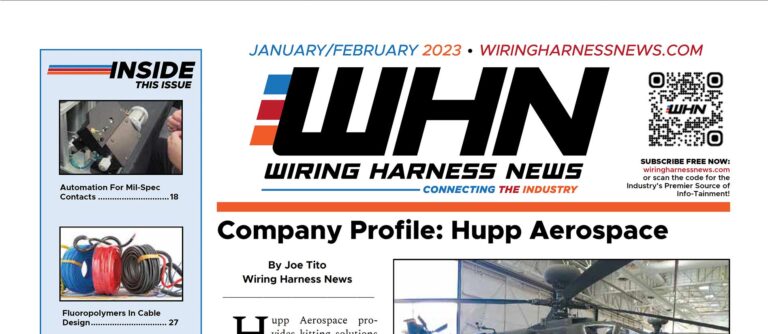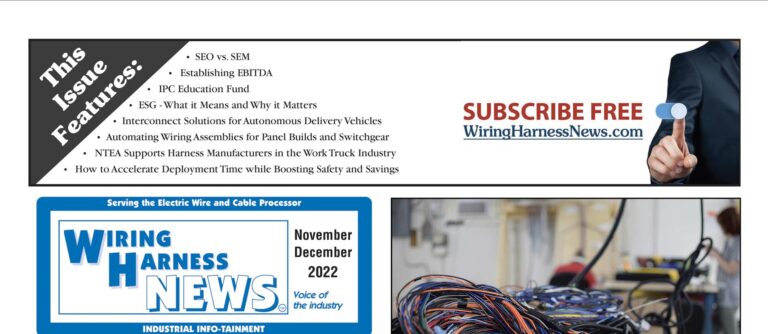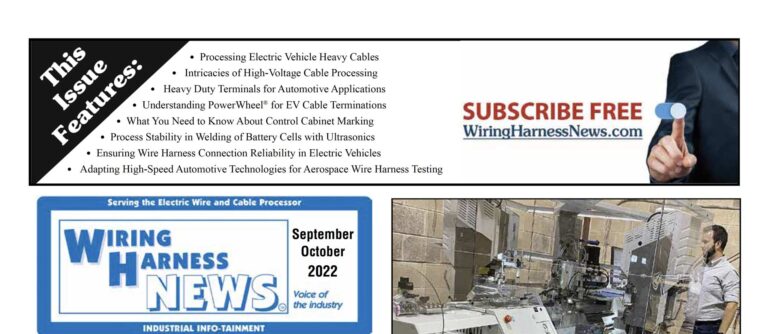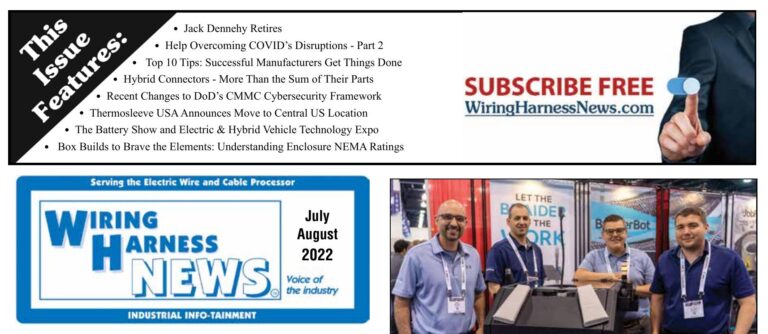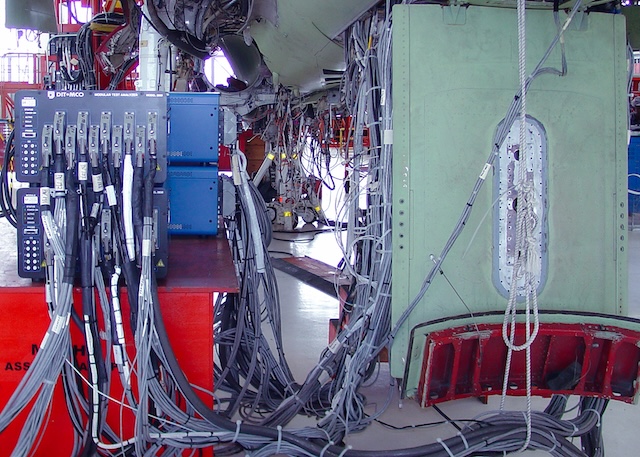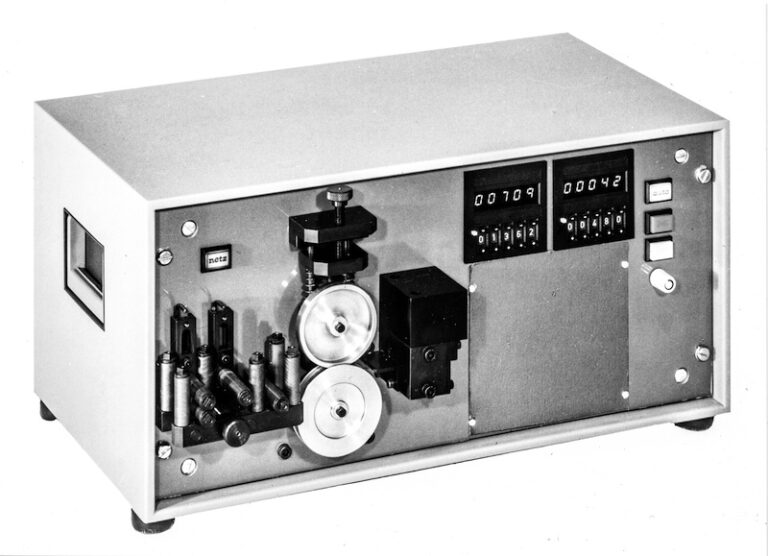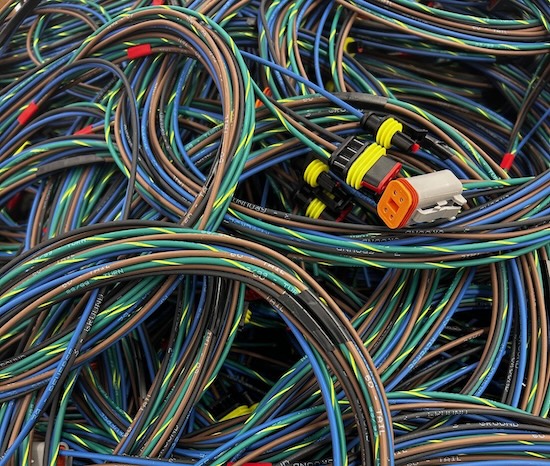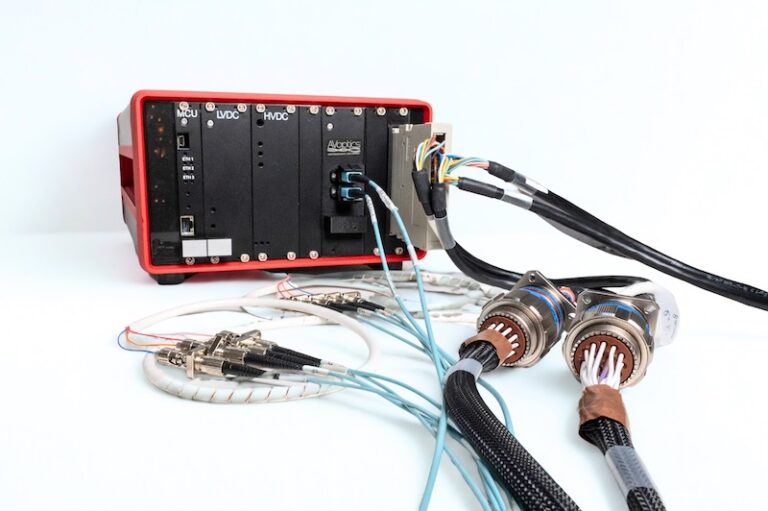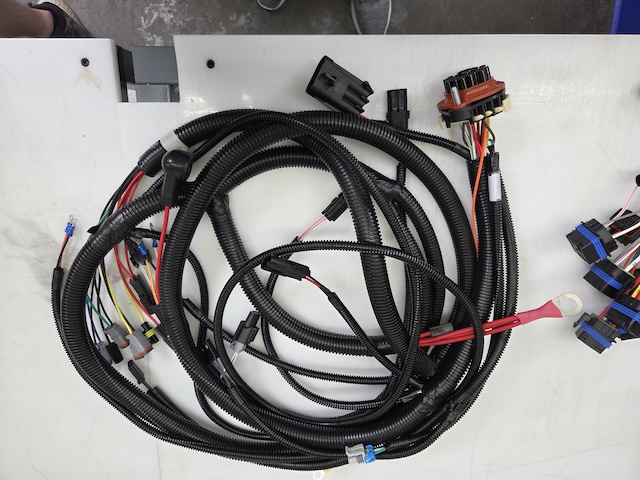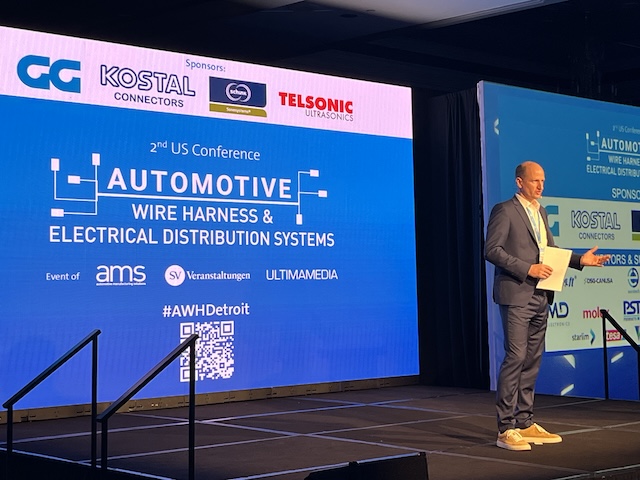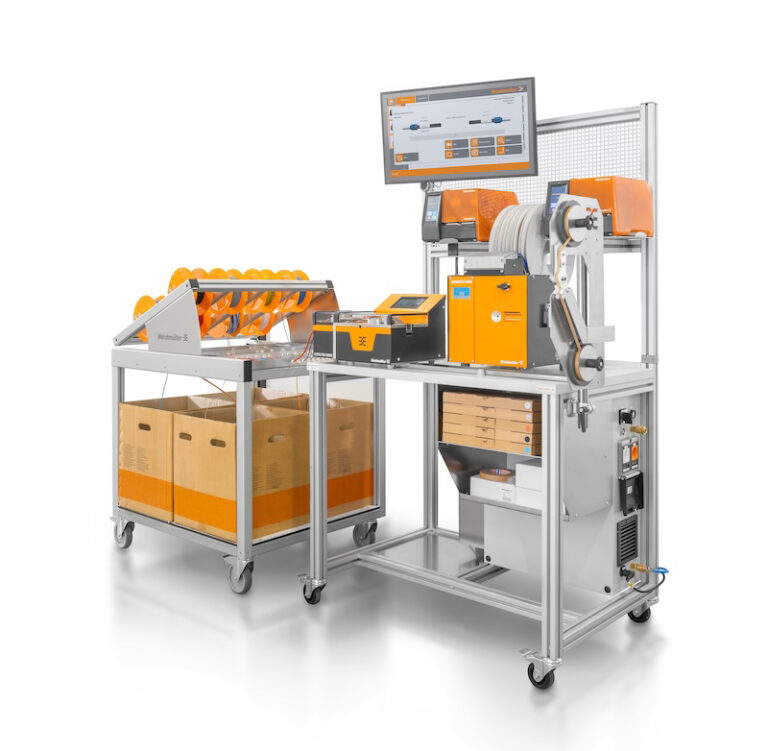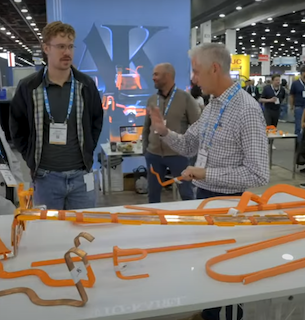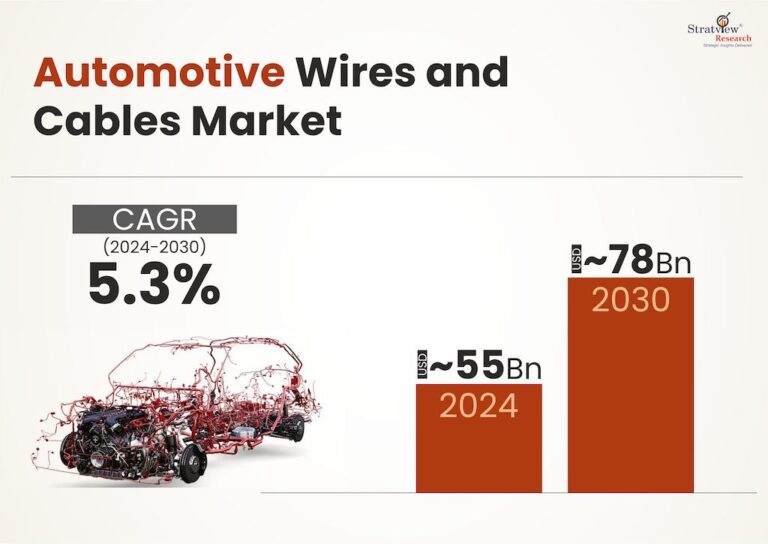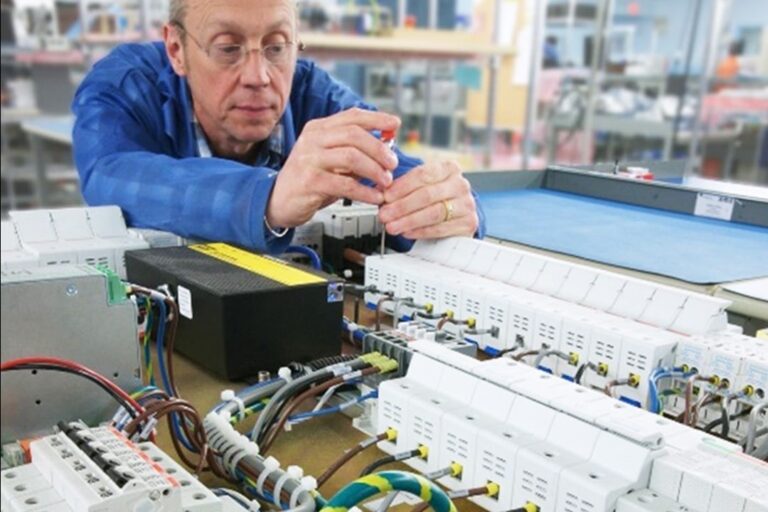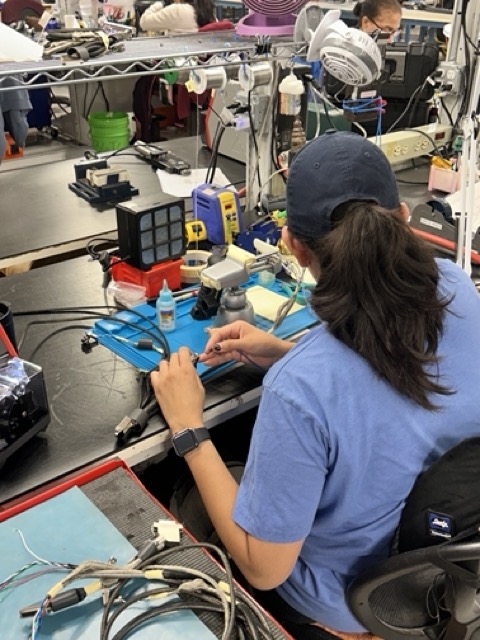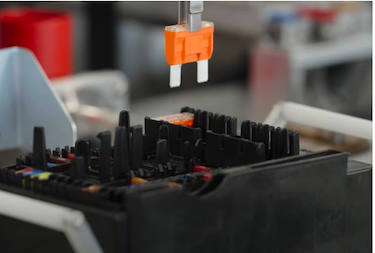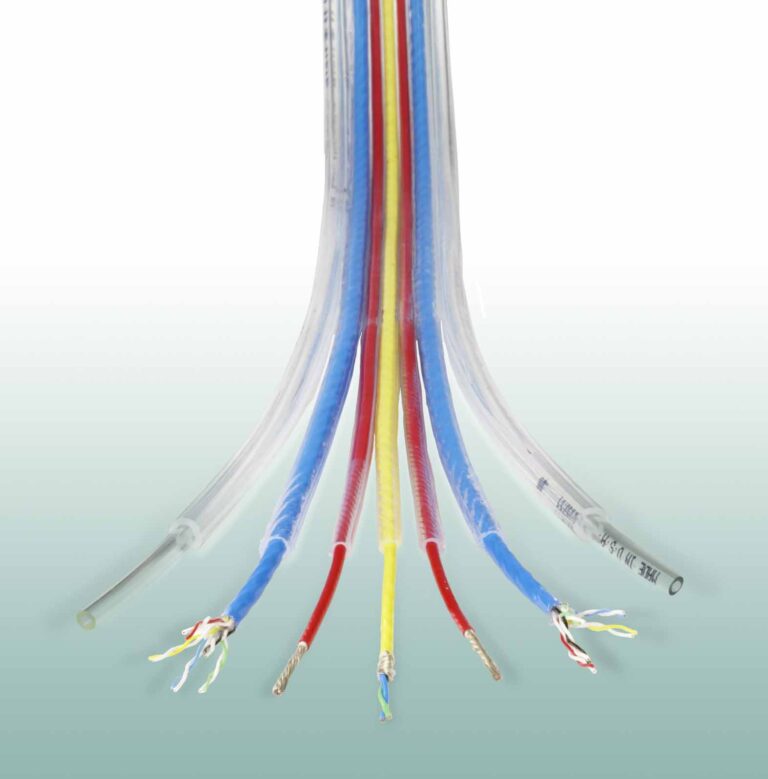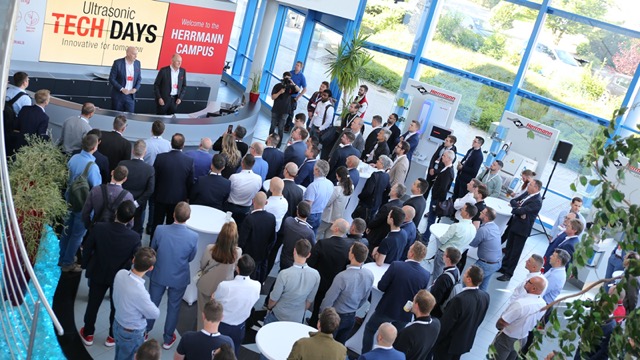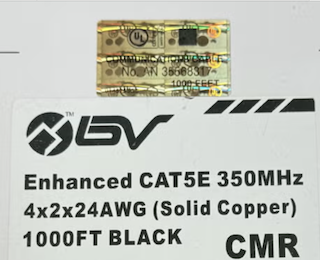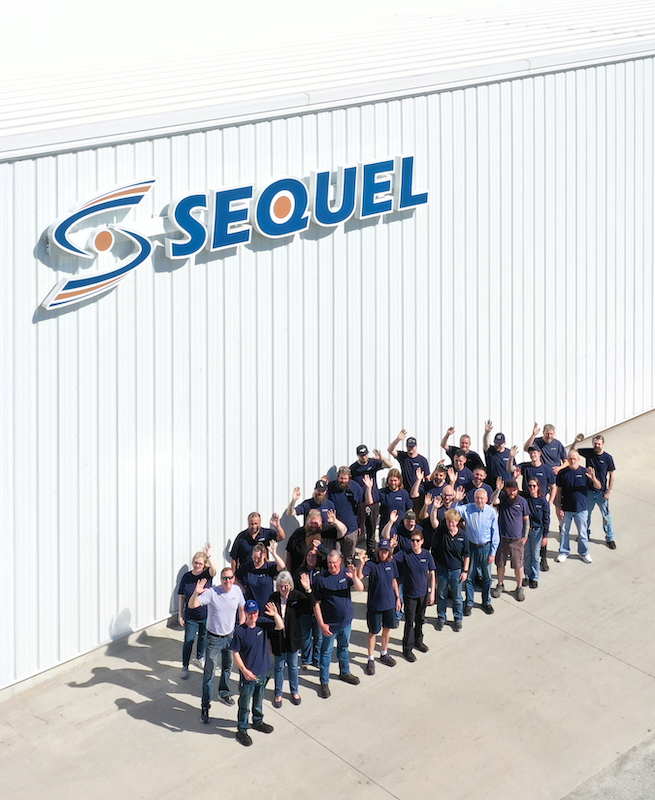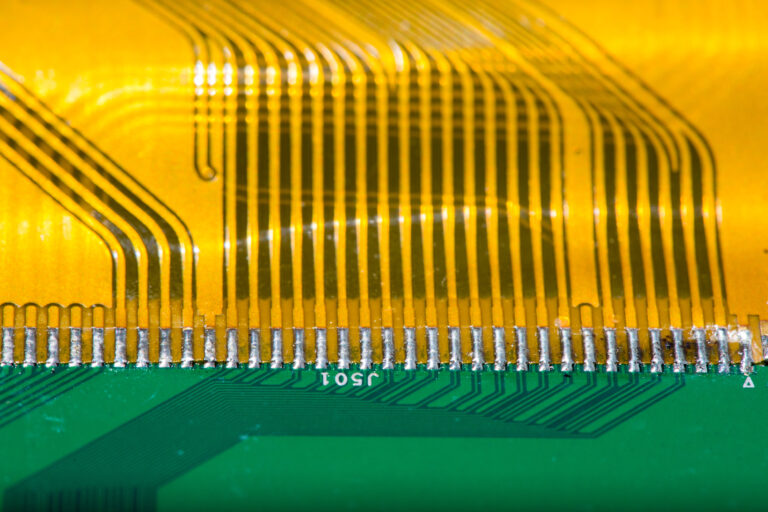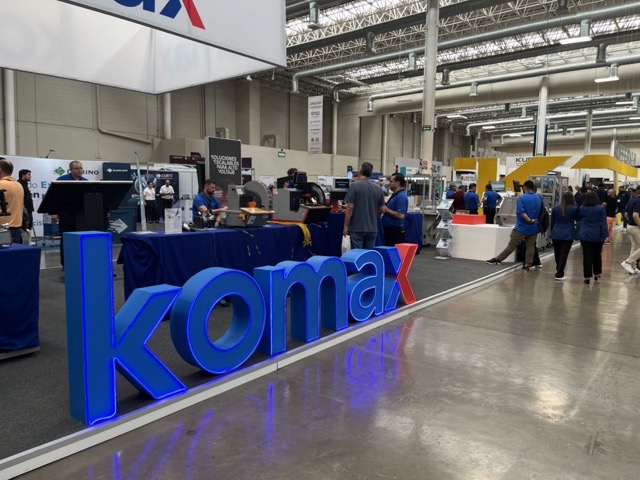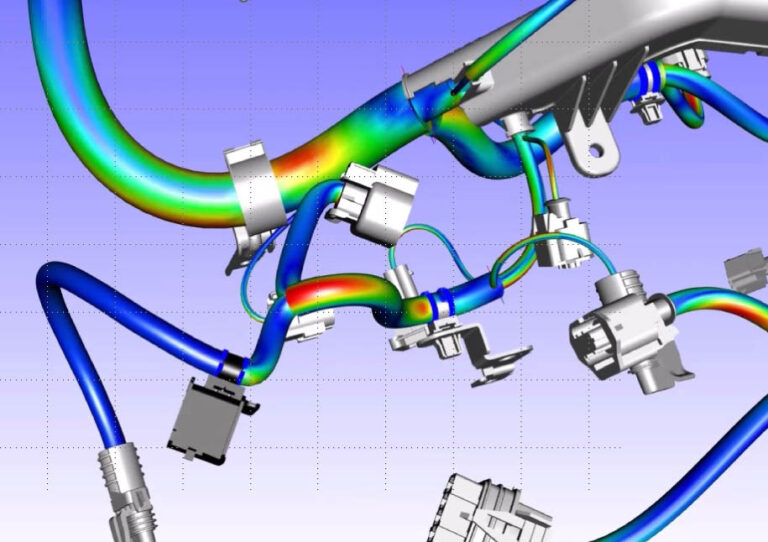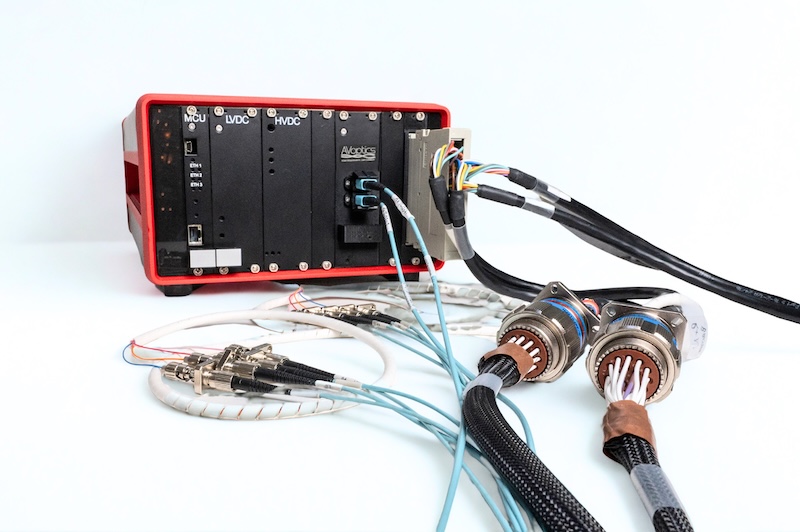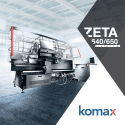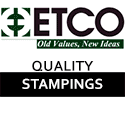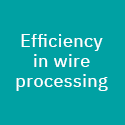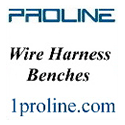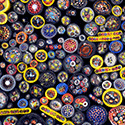By Nick Baker, Engineering Director at MK Test Systems
Across many sectors – from aerospace and defence to rail, automotive and industrial systems – the complexity of electrical wiring is increasing. The growing demand for faster data transmission, more reliable power systems, and reduced electromagnetic interference – whilst also reducing weight – is driving the use of hybrid cable assemblies and connectors that combine copper conductors and fibre optics.
These developments have created new challenges for manufacturers. Hybrid harnesses are efficient in design but complex to test. Until recently, test systems lagged behind the technology shift, forcing manufacturers to split testing across different platforms – one for electrical circuits, and another for optical links. This, not only increased time and cost, but also made traceability and consistency more difficult.
At MK Test Systems, we’ve seen this need emerge first-hand through conversations with customers and industry partners. In response, with optical expertise from AVoptics we’ve developed a solution that integrates copper and optical testing into a single system – designed specifically for manufacturers working with hybrid assemblies.
This article looks at why hybrid harnesses are becoming more common, what makes them technically challenging to test, and how test systems are beginning to evolve to meet this new demand.
Why Hybrid Harnesses Are Gaining Ground
Hybrid harnesses combine electrical and optical transmission paths into a single cable or connector system. They are being used more widely in applications where high-speed data and reliable power delivery must coexist – not just in aerospace but in rail transport, industrial automation, communications infrastructure and more.
Fibre optics offer several advantages: they’re immune to electromagnetic interference, provide higher bandwidth, and can transmit data over longer distances with less signal loss. Copper conductors, meanwhile, remain essential for power and low-speed signal transmission. The result is a hybrid design that brings together the best of both technologies.
From a manufacturing point of view, these hybrid assemblies are compact and efficient. But they also bring a new level of complexity when it comes to testing.
The Challenge of Testing Hybrid Assemblies
Testing electrical and optical systems each comes with its own established methods. Copper conductors are tested using continuity, insulation resistance and high-voltage (hipot) checks. Optical links require measurements of insertion loss and return loss, usually involving light sources, power meters or optical time-domain reflectometers.
Historically, these tests have been carried out using entirely separate systems, often by different teams or in different parts of the production workflow. This division can lead to several issues:
- Longer test times, as assemblies need to be connected and reconnected across different setups.
- Increased risk of handling errors and damage to connectors or fibres during test transitions.
- Disjointed test records, making it harder to ensure full traceability and compliance.
This has created a clear need for a more integrated approach.
Moving Towards Integrated Hybrid Test Systems
Recognising this need, MK Test Systems has developed what we believe is the first fully integrated copper and optical test system on the market. Rather than bolting together two separate systems or requiring manual changeovers, our hybrid solution provides a seamless, automated test process that covers both technologies in one platform.
This is a significant step forward for manufacturers working with hybrid harnesses. The system supports:
- Automated electrical testing (continuity, insulation resistance, and hipot)
- Automated optical insertion loss testing
- Flexible switching that isolates copper and optical paths as needed
- A single control interface and guided test sequence
- Consolidated test reports for full traceability
The key innovation lies in the switching and measurement architecture, which was designed specifically to handle both types of signal safely and accurately. Optical power meters, light sources, and electrical test modules are managed through the same test controller, allowing engineers to test an entire harness – copper and fibre – without moving it between rigs.
This level of integration reduces test time, improves reliability, and supports more consistent quality assurance across production.
The Increasing Importance of Test Data
Another benefit of this integrated approach is the ability to consolidate test data. Manufacturers are increasingly treating test data not just as a quality checkpoint, but as a resource for production monitoring and continuous improvement.
By running all tests from one system, results can be logged in a single dataset, making it easier to identify patterns, track defects, or demonstrate compliance to customers and regulatory bodies. The system also supports automated report generation and test result storage, helping to streamline documentation and reduce manual input.
Meeting Evolving Safety and Compliance Requirements
Handling high-voltage electrical testing and optical transmission in one system does require careful attention to safety and standards. The system design includes robust isolation, operator safety interlocks, and compliance with relevant electrical safety standards. Optical safety has also been addressed, with the use of eye-safe light sources and protection against exposure.
By bringing both technologies under one safety framework, the system allows operators to run tests confidently without needing separate training or protective measures for each domain.
Final Thoughts
Hybrid harnesses are becoming increasingly common across multiple sectors. For manufacturers, this introduces a new layer of complexity – particularly when it comes to testing. Legacy test methods based on separate systems are no longer sustainable in high-throughput production environments.
An integrated hybrid test system offers a way forward. It simplifies the testing of copper and fibre in one process, increases efficiency, and improves data capture and quality control. With the launch of our fully integrated copper/optical test system, MK Test Systems is helping manufacturers adapt to the changing demands of modern wiring and connector technology – and we’re proud to be at the forefront of that shift.

